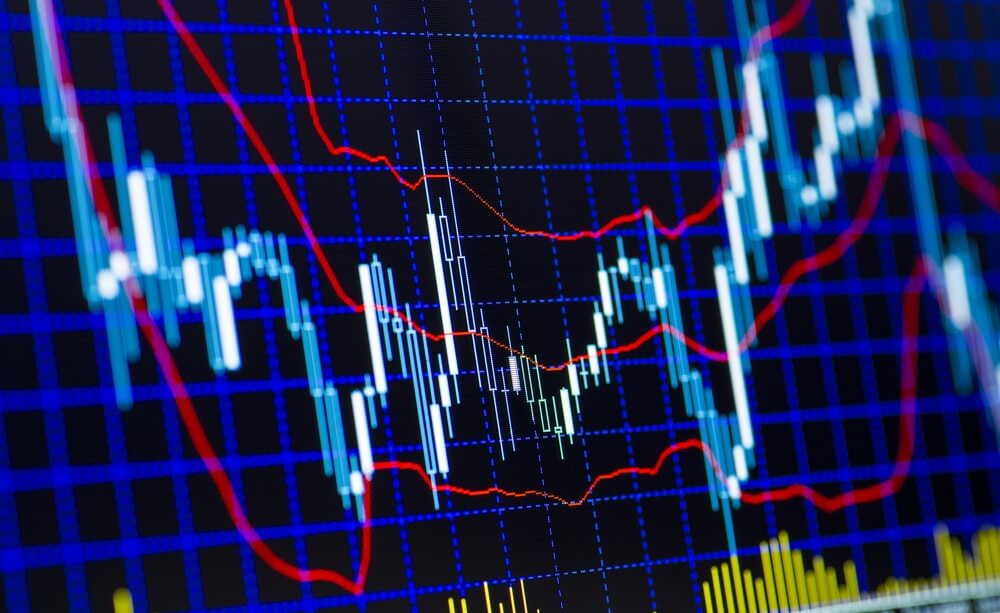
EURUSD, GBPUSD Forecast: Attempt for new winnings
Looking at the graph on the four-hour time frame, we see that the EURUSD pair is moving in a descending channel, and for now, this negative consolidation within this channel is moving. As for moving averages, we see that we are currently testing the MA200 moving average, which can be a potential obstacle to our recovery and transition to the bullish side. Yesterday, the pair found support at 61.8% Fibonacci level at 1.17500 and then climbed to the current 50.0% Fibonacci level. If we see a break above the resistance, we can expect resistance on the upper channel line in the zone around 38.2% Fibonacci level at 1.18150. Additional pressure on that level is the MA20 and MA50, which can again direct the pair towards continuing this larger negative consolidation. For a further bearish trend, we need a retreat below the support level at 61.8% at 1.17500, and after that, we are looking for the next support at 78.6% Fibonacci level at 1.17160.
GBPUSD chart analysis
Looking at the four-hour time frame chart, we see that the pair is testing the MA200 moving average at 50.0% Fibonacci level at 1,37930. Bearish pressure is evident with additional resistance in the MA20 and MA50 moving averages from above. To continue on the bearish side, we need a further price drop below the bottom trend line. We are looking for potential support at 38.2% Fibonacci level at 1.37500, and our next support is at 23.6% Fibonacci level at 1.36900. We need a positive consolidation for the bullish scenario that should climb GBPUSD again above 61.8% Fibonacci levels to 1.38370. After that, we have resistance at 78.6% Fibonacci level at 1.39000.
 Market overview
Market overview
As initially estimated in August, inflation in the eurozone rose to a nearly 10-year high, and final Eurostat data showed today.
Inflation raised to 3 percent in August from the previous 2.2 percent in July. That was the highest since November 2011, and it also exceeded the European Central Bank’s target of 2 percent.
Rising costs – from energy delivery – are likely further to boost inflation in the eurozone in the coming months, said Jack Allen-Reynolds, an economist at Capital Economics.
They could also mean that next year will not fall as fast as it is currently assumed. But by the end of 2022, we still doubt that inflation will be far below the ECB’s target, said Allen-Reynolds.
Core inflation in the EU, excluding energy, food, alcohol, and tobacco, rose to 1.6 percent from 0.7 percent in July. The base rate also coincided with an estimate released on August 31st.
Monthly, the harmonized consumer price index rose 0.4 percent in August, according to estimates.
According to the latest ECB projections released earlier this month, inflation will increase to 2.2 percent this year before decreasing to 1.7 percent in 2022.
Data from the National Statistics Office showed on Friday are the retail sales in the UK drop for the fourth month in a row in August.
Retail sales, including auto fuel, unexpectedly fell 0.9 percent monthly after falling 2.8 percent in July. Sales were predicted to increase by 0.5 percent.
Excluding auto fuel, retail sales declined at a slower pace of 1.2 percent after falling 3.2 percent in July. Economists expected a 0.5 percent increase.
According to a report released by the Philadelphia Federal Reserve Bank on Thursday, production growth in the Philadelphia area accelerated unexpectedly in September.
Philadelphia Fed shows its manufacturing index for current activity jumped to 30.7 in September, with a positive reading showing growth in regional production activity. Economists expected the index to drop to 19.0.


 Market overview
Market overview
